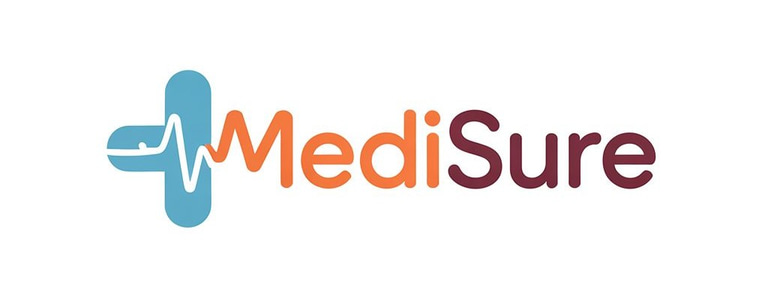رَبِّ زِدْنِي عِلْماً

HUMAN MALE PELVIS SECTION (2 Parts)
Embryology
₹82.00₹22.00
### Part 1: Anatomy of the Male Pelvis The human male pelvis is a complex bony structure that forms the base of the spine and houses the lower organs of the body. It plays a crucial role in supporting the weight of the upper body when sitting and standing, as well as providing a stable platform for muscular attachments and facilitating locomotion. The male pelvis is typically characterized by its robust and narrower form compared to the female pelvis, which is adapted for childbirth. The pelvis is composed of several key components: 1. **Ilium**: The largest of the three bones that make up each half of the pelvis, the ilium is the broad, flaring portion that forms the upper sides of the pelvis. Its superior aspect comprises the iliac crest, an important landmark for anatomical reference and a site for muscle attachment. 2. **Ischium**: Located beneath the ilium, the ischium forms the lower part of the pelvis and features a prominent ischial tuberosity, which bears weight when sitting. This bone provides strength and stability to the pelvic structure. 3. **Pubis**: The pubis is the anterior part of the pelvis, consisting of two halves that meet at the pubic symphysis. This joint allows for slight movement, especially during activities such as walking or running. 4. **Sacrum**: Located at the back of the pelvis, the sacrum is a triangular bone formed from five fused vertebrae. It connects the spine to the pelvis and serves as a critical component of the pelvic girdle. 5. **Coccyx**: Commonly known as the tailbone, the coccyx is the final segment of the vertebral column and consists of three to five fused vertebrae. It provides attachment for ligaments and muscles. The male pelvis also features specific characteristics that differentiate it from the female pelvis. The pelvic inlet in males is generally heart-shaped, while in females, it is more circular. The overall dimensions of the male pelvis tend to be larger, with a more pronounced arch and a narrower subpubic angle, measuring less than 90 degrees. These adaptations reflect the differing functional demands placed on male and female bodies, particularly in relation to childbirth. ### Part 2: Function and Clinical Significance of the Male Pelvis The male pelvis serves several vital functions beyond structural support. It acts as a conduit for various bodily systems, houses reproductive organs, and facilitates movement. 1. **Support and Movement**: The male pelvis plays a critical role in supporting the weight of the body. The configuration of pelvic bones and the attached ligaments create a stable base for the spine, allowing for balanced movement. During locomotion, the pelvis rotates and tilts, enabling efficient transfer of force from the lower limbs to the trunk. 2. **Protection of Internal Organs**: The pelvis encases and protects vital organs located in the lower abdominal and pelvic cavities, including parts of the urinary and digestive systems. The male reproductive organs, including the prostate and testes, are also located within this structure, protected by the bony framework. 3. **Reproductive Function**: The male pelvis houses the reproductive organs and contributes to male fertility. The orientation and shape of the pelvis affect the anatomy and dimensions of the pelvic cavity, which can influence reproductive capabilities and clinical considerations such as surgeries involving the prostate or bladder. 4. **Clinical Relevance**: Understanding the anatomy and function of the male pelvis is vital in medical fields such as urology, orthopedics, and physical therapy. Conditions affecting the pelvis, such as pelvic fractures, can lead to significant pain and impact mobility. Moreover, knowledge of the male pelvis is crucial for urologic surgeries, including procedures involving the prostate or bladder, as well as for diagnosing and treating conditions such as pelvic inflammatory disease or prostate cancer. In conclusion, the human male pelvis is a key anatomical structure that contributes to various bodily functions and provides support for essential organs. Its unique features not only highlight the differences between male and female anatomy but also underscore its significance in health and disease management. Understanding these aspects is crucial for healthcare professionals working in fields that address issues related to pelvic health.
Training
Providing essential healthcare training and simulation solutions.
COntacts
Support
info@medisureinternational.com
+91 9972123423
© Medisure. All Rights Are Reserved
Crafted with ❤️by Influence Kashmir
